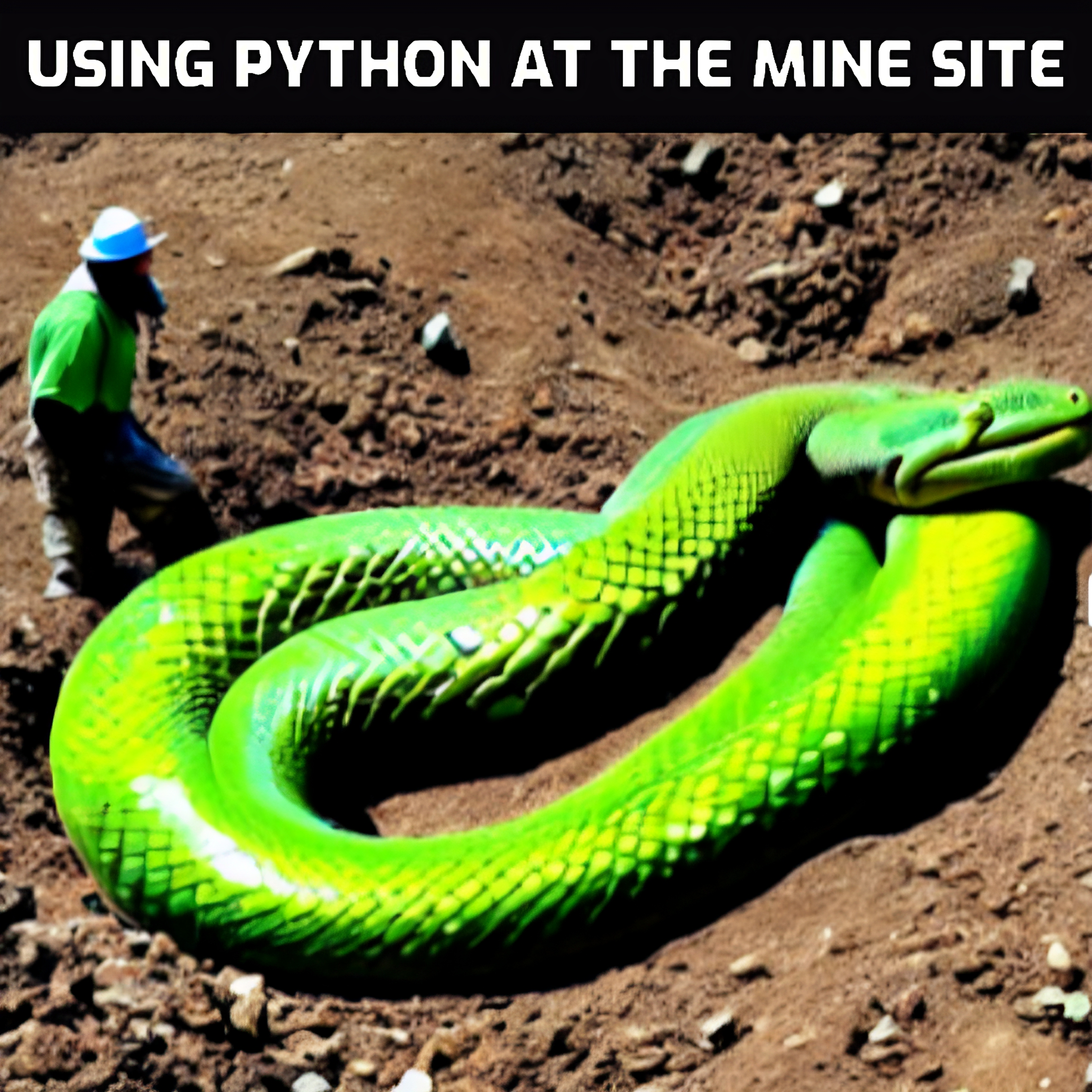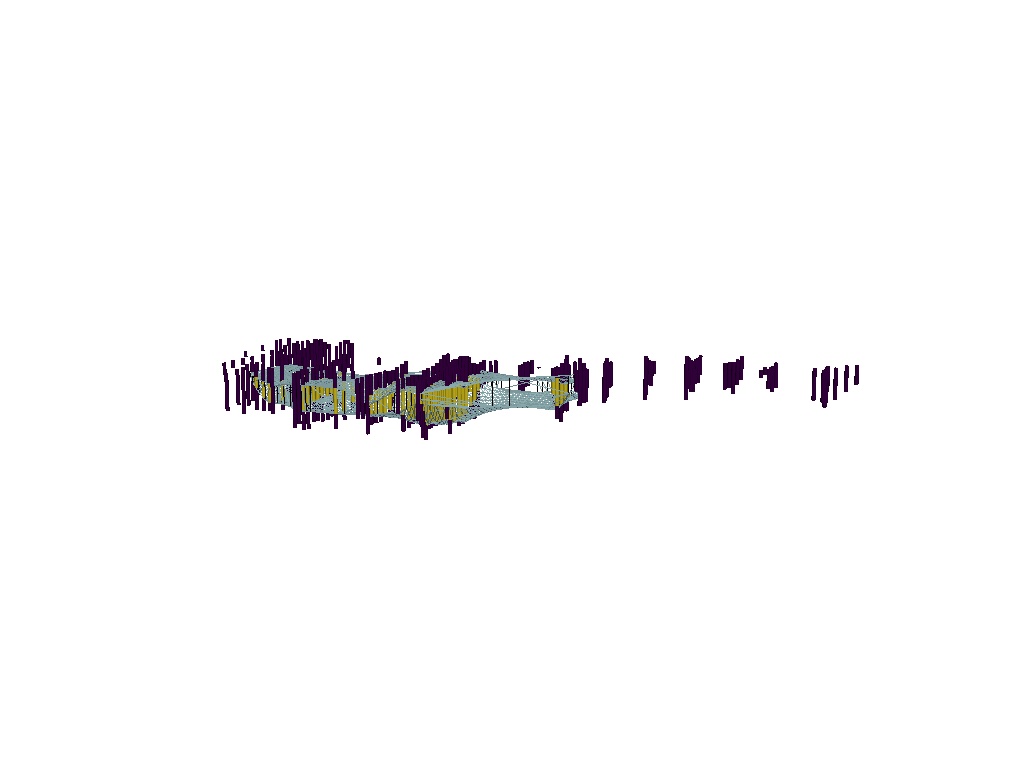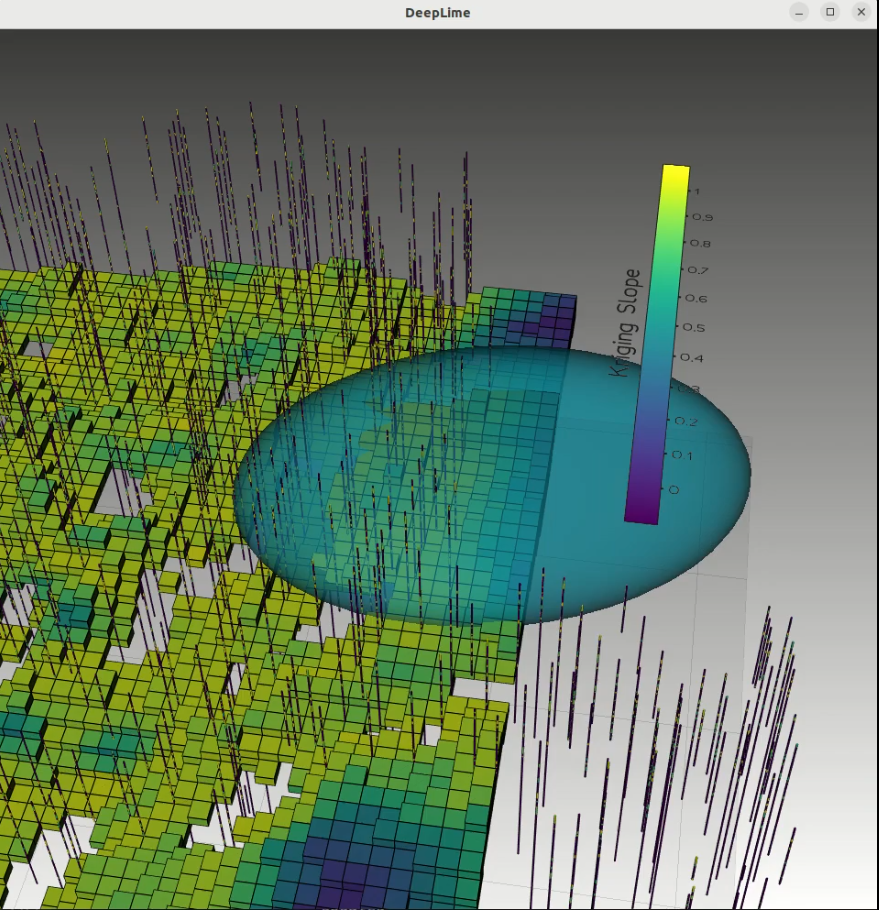· Posts · 2 min read
Bridge the gap between geologists and data scientists

At DeepLime, we strive to bridge the gap between geologists and data scientists by providing tools that can be seamlessly used by both parties.
That’s how GeoLime came to be. In 2019, we set out to create a 🐍 Python library that would meet the needs of both resource geologists and data scientists:
⛏️ To cater to resource geologists:
- Generates identical results to historical geological software packages
- Covers most of the common operations for selections, validations, modelling, reporting, and displays of geological data
📊 To please data scientists:
- Be similar as assimilate with standard packages like Numpy, Pandas, and Scipy
- Removes the constraints commonly found in geomodeller packages (Cloud compatible, ultra flexible license, outdated syntax, etc.)
With the guidance of Nicolas Desassis, the head of the Center of Geostatistics and Professor of Machine Learning at Ecole de Mine de Paris, and with the collaboration of Hadrien Meyer, Claude Cavelius, Johann Dangin, and Laurent Wagner, we were able to establish a foundation for the future of geomodelling in Python.
The result was a full python library that can be used by mining companies to work with their geological data. Specifically, in geostatistics, our library offers standard algorithms such as desurveying, declustering, variography, change of support, implicit surface modelling, unfolding, and advanced non-linear geostatistics.
GeoLime is now designed to be a faster version, with the engines not being in full Python, but also in Julia.
At DeepLime, we have been dedicated to the development of GeoLime since 2019, and we are proud to announce the recent release of GeoLime 1.1.0. It has become one of our flagship products and a keystone to our automation projects.



